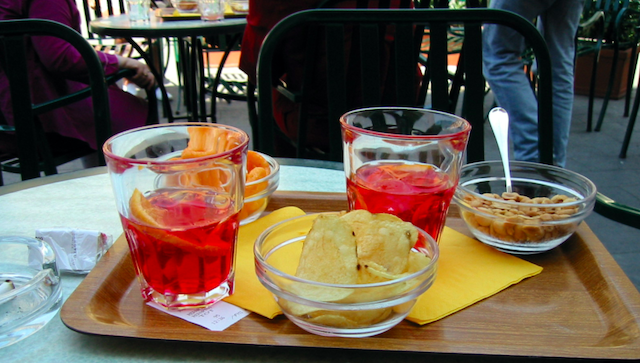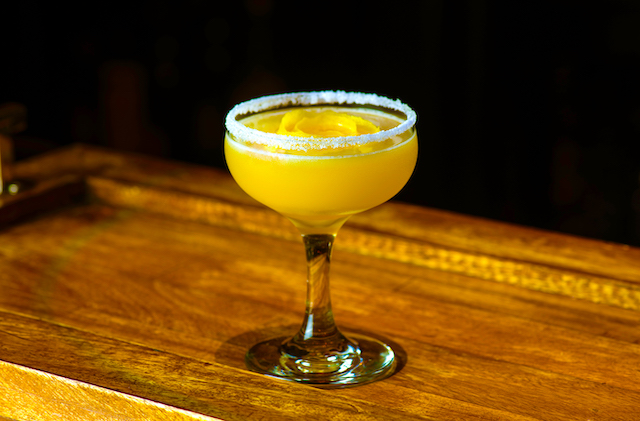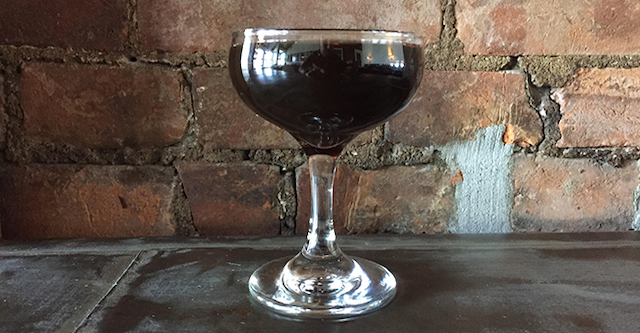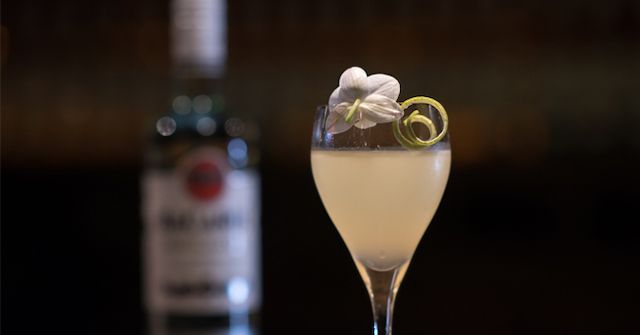This week, we’ve talked a lot about different versions of the aperitif, but we haven’t touched as much on its post-dinner brother, the digestif. Below, we’ll discuss both types to highlight the inherent ways in which they’re different, and the ways in which they work together as bookends to a meal.
Before: The Aperitif
“A European custom to start an evening, an aperitif is a drink to have before dinner, with the idea that it enhances the appetite,” explains Monika Elling, CEO of Foundations Marketing Group, which is responsible for wine and spirit marketing. “It’s combined with a moment of unwinding and a slowdown of the daily pace. While it is a drink, it is also in many ways a state of mind.”
 Derived from the Latin verb aperire, which means “to open,” aperitifs are meant to open your palate and mind before a meal.
Derived from the Latin verb aperire, which means “to open,” aperitifs are meant to open your palate and mind before a meal.
Though there are no hard and fast rules, Elling said that an aperitif is generally a lightly alcoholic, and at times slightly sweet, drink often served over ice. It’s typically paired with a slice of fruit — both for looks and for a pre-dining nibble.
At its simplest, “an aperitif could be a dry sherry or gin in a martini, or it could also be champagne or vermouth,” says Ryan Valentine, beverage director at Ocean Prime. Other good examples include Lillet, sweet vermouth, sherry, and late-harvest wines, such as the Katinka Late Harvest from Patricius Katinka. It can also be a slightly sweet wine that has low alcohol and a nice, acidic balance.
More complex versions of aperitifs exist as well, including the Brandy Crusta, “a heady botanical concoction whipped up by Italian native Joseph Santini,” or the Turmeric Suze Sour, which combines “the bitter taste of Suze with a few slices of turmeric” and then “mellows things out with a spoonful of simple syrup.”
 Austin’s The Roosevelt Room pays homage to the original Brandy Crusta, a drink with over a century of history. (Photo: Justin Lavenue and Dennis Gobis)
Austin’s The Roosevelt Room pays homage to the original Brandy Crusta, a drink with over a century of history. (Photo: Justin Lavenue and Dennis Gobis)
After: The Digestif
As the aperitif is served before a meal, digestifs — referred to as amaro in Italy — help wind diners down after all that food has been joyfully consumed.
“With the end of a meal, some of the greatest conversations happen as the digestif is served,” notes Elling. “An aperitif is meant to entice the palate and whet the appetite, while digestives help settle the stomach and facilitate the digestion after a filling meal.”
According to Elling, the best digestives are herbaceous and bitter, neatly served. However, she added that cognac, Armagnac, port, dessert wine, Tokaji Aszú, and all types of eau de vie, pálinka, fruit brandy, and grappa are welcomed drinks post-dining, as well. Some more complex examples include the Zucca Rabarbaro, a smoky, rhubarb-based amaro that’s served hot or cold depending on your mood, and this mellow, coffee-inspired digestif by Doug Petry of RYE in Louisville, Ky.
 This is not your mama’s coffee liqueur cocktail. Galliano Ristretto offers warm coffee flavors, complemented by herbaceous Fernet-Branca and Cardamaro. (Photo: Doug Petry.)
This is not your mama’s coffee liqueur cocktail. Galliano Ristretto offers warm coffee flavors, complemented by herbaceous Fernet-Branca and Cardamaro. (Photo: Doug Petry.)
When and How to Serve Each
Again, there are no concrete rules for how and when to serve an aperitif and digestif, but you can follow a few rules of thumb.
“When guests arrive, the aperitif is typically served, which is approximately 30 to 60 minutes before dinner. For the digestive, it is best to serve after the dessert or cheese course,” notes Elling.
As for what glass to present in, this varies greatly depending on the type of drink you’ve made. “Typically, both are served in a snifter or cordial because they are served neat, so it’s important to serve it in a vessel that works well with aromatics,” says Valentine.
 Madame Lily, an elegantly simple digestif with the nuances of French apple brandy, rum and a hint of absinthe.
Madame Lily, an elegantly simple digestif with the nuances of French apple brandy, rum and a hint of absinthe.
Elling adds, “If served neat, the aperitif tends to be in a long-stemmed glass with a small bowl. Otherwise, rocks glass works well if the drink is to be poured over ice. Depending on the style of digestive served, this can range from a shot glass to a wine glass with brandy glasses in between.”
Ultimately, the tradition of an aperitif and digestif is more about preparing and calming the body, and setting a tone of conversation and relaxation so that patrons can fully enjoy the company of their dining cohorts.





